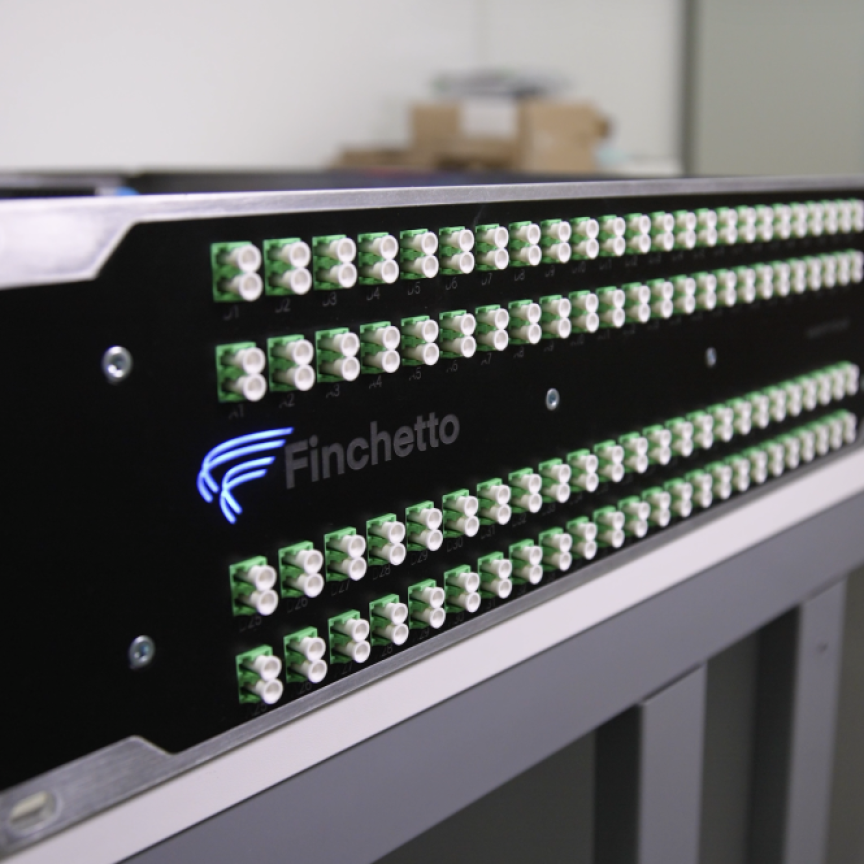Sivers Photonics, a subsidiary of Sivers Semiconductors, successfully demonstrated its CW-WDM MSA compliant distributed feedback (DFB) laser arrays with Ayar Labs’ SuperNova remote optical source.
The companies say that this could pave the way for applications such as high performance computing, artificial intelligence, and high density optics.
The joint demonstration showcased the 8-wavelength DFB laser array from Sivers Photonics, powering the Ayar Labs SuperNova light source. The live demonstration, which took place in the Sivers Photonics booth throughout the event showed two SuperNova modules where each module has 64 total wavelengths (8 discrete wavelengths across 8 optical fibres) running without active cooling.
Built on the InP100 product platform at Sivers 100mm UK wafer foundry, the DFB laser array is compliant with CW-WDM MSA (Continuous-Wave Wavelength Division Multiplexing Multi-Source Agreement) standards, with an output power of more than 50mW per channel CW operation and 400GHz channel spacing around 1300nm.
The SuperNova optical source from Ayar Labs, provides up to 16 wavelengths of light, powering up to 16 ports. Combined with Ayar Labs’ TeraPHY optical I/O chiplet, the solution delivers Terabit data rates at low power and latency over distances up to hundreds of metres compared to existing electrical I/O alternatives.
William McLaughlin, Managing Director at Sivers Photonics says: “We are excited to showcase the integration of our DFB laser arrays in the SuperNova module, live at ECOC 2022. Our bespoke DFB laser arrays will not only support Ayar Labs’ optical I/O solution and will enable the growth of a strong CW-WDM MSA ecosystem for development in this high-volume market.”
Adds Charles Wuischpard, CEO of Ayar Labs: “This successful demonstration of our SuperNova light source with Sivers’ DFB laser array is key to bringing our optical I/O solution to market at scale. This is also further proof that we’re seeing tremendous advancements in ecosystem maturity, with strong support building for the CW-WDM MSA standard that ensures open development and interoperability of applications for optical I/O.”


